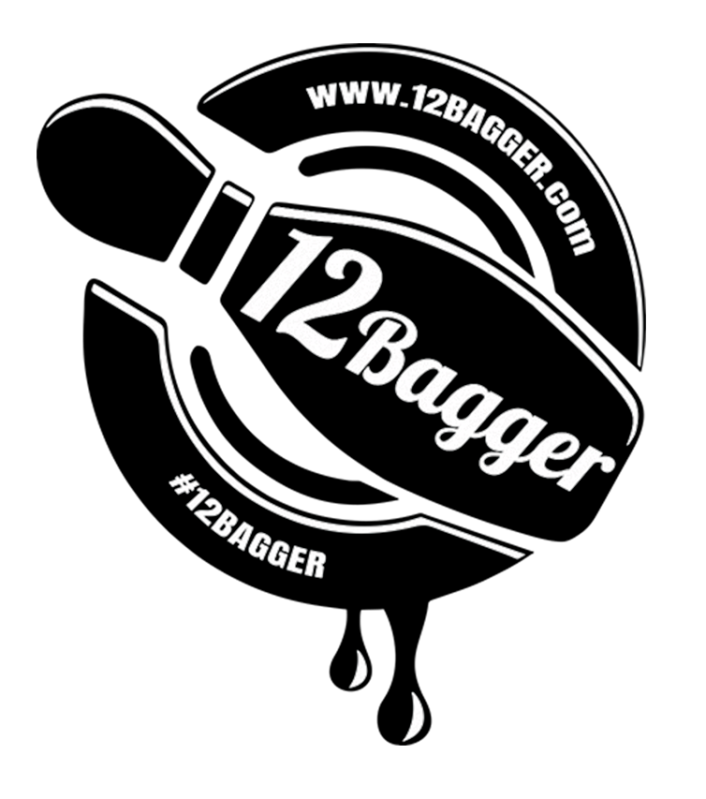Bowling Tips, Coaching, Uncategorized
Knowing The Pattern Before You Bowl A Tournament
Knowing The Pattern Before You Bowl A Tournament:

Several years ago the PBA started naming their patterns. They were called the “Animal” patterns. Cheetah, Scorpion, Chameleon, Viper, and Shark were the first 5 patterns named. Since then there are literally dozens of patterns now. The WTBA, the international governing body, uses cities to name their patterns. You will see names like Paris, Atlanta, Mexico City, and so on. The originator of most of these patterns are a company called Kegel. They have their own named patterns like Beaten Path or Winding Road. With so many names now, it is very difficult to keep track of which is which.
The easiest way is to not really worry about the name, but look at a couple of key components of the pattern. Distance, shape or ratio, and total volume are the most important to know when looking at a pattern before a tournament. 
We can look at 3 basic distances of patterns. Short would be 36 or less. Medium would be 37 to 41. And long would be 42 or longer. The shorter the pattern, the farther right (or farther left for a left hander) you will play. As the pattern gets longer, you will move more towards the middle of the lane. The easiest way to help with this is the -31 rule. Basically find the total distance of the pattern and subtract 31 from that distance. This is approximately where you should play on the lane. So for a pattern that is 40 feet long, you should be playing around 9. I say around because a couple of factors like ball speed and rev rate also determine where you should play on the lane. But at lease this gives you a starting point.
Ratio or shape is basically how flat a pattern is. The lower the ratio usually the lower the scoring pace. The U.S. Open is generally a very flat 1:1 ratio and therefore a very low scoring pace. This is good to know going in simply because having the mindset that you don’t have to strike every shot can help you. Know that 190 is a good game and don’t let yourself get frustrated. If it’s a high ratio like 7:1 or higher, the scoring pace will be fairly high. This is good to know because if you know you have to throw a lot of strikes, you shouldn’t stay with any one ball or target very long if it’s not working. Can’t just keep doing the same thing shooting 180 when most of the field is shooting 220 or more. If something is not working and the scoring pace is high, you better do something different or you will get run over.
The last thing to know is what the total volume is. The volume is measured in milliliters. You will see this on the pattern sheet as ML. 19ML or less is a light volume. 20ML to 24ML would be considered medium. And anything over 24ML is a high volume pattern. This can help you determine what ball surface you should have. The higher the volume, the more surface you should have.
Please keep in mind that all of these tips are starting points. There are many other factors like ball speed, rev rate, surface of the lane, and even what kind of lane conditioner (oil) is being used. If you are going to bowl a tournament, see if your local center might be willing to put that pattern down for you. I will tell you to be prepared to pay a little more for this service. The bowling center is also in business and has time and materials involved. But this can be a very worthwhile expense if it helps you be successful in your tournament.

